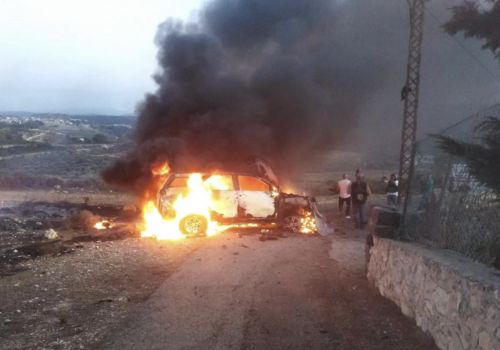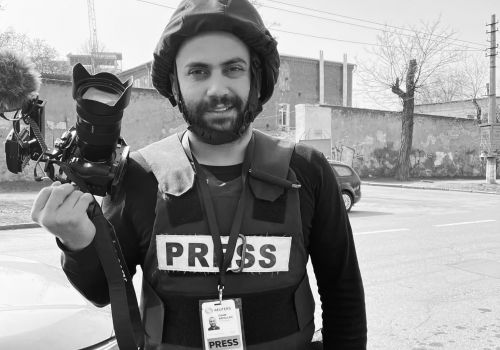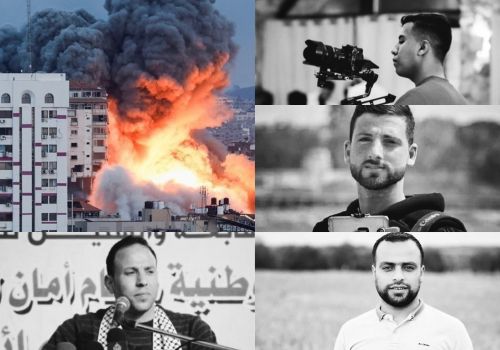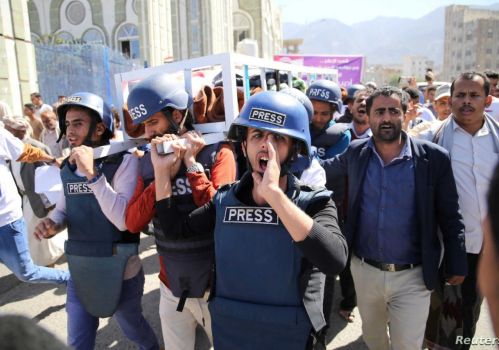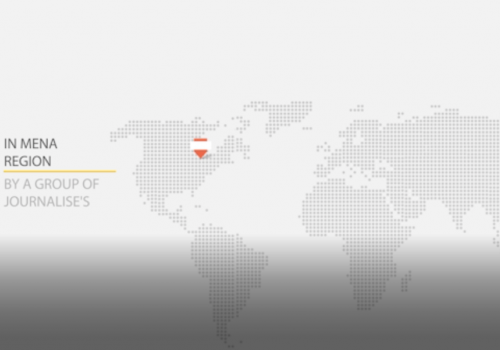CFWIJ: WHAT DOES PRESS FREEDOM DAY IN 2021 LOOK LIKE FOR WOMEN JOURNALISTS?
2021-05-07 08:53
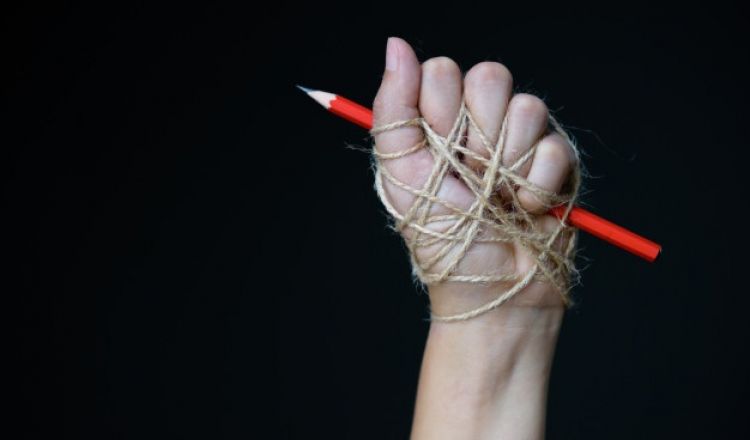
The Coalition For Women In Journalism (CFWIJ) continues to document the violations of rights against women journalists, the threats and attacks they face, and the harassment cases against them. On this day, CFWIJ continues to defend the rights of women journalists.
The first quarter of 2021 proved challenging to women journalists yet again, facing more threats when compared to previous years. As in past years, we documented several attacks, legal harassment, threats, and rights violations against our colleagues from January to April this year.
Comparing 2020 to 2021, we observed a 130.34% increase in cases involving women journalists between January and April 2021. So far, we have documented 348 incidents against women journalists in the first quarter of this year. Among these cases were 74 female journalists who appeared in court for allegations relating to their coverage or social media posts.
Since the onset of the Covid-19 pandemic, conditions have steadily deteriorated for journalists. The meaning of press freedom has become increasingly precarious, especially for our female colleagues. As the CFWIJ, we continue to document threats, harassment, and violence against women journalists globally, and we strive to stand by all journalists. The monthly reports we published in 2021 exemplify this disconcerting trend. In January, we documented at least 60 physical assaults, legal harassment, detentions, arrests, and online attacks against women journalists, increasing to 97 in February. In March, with 115 cases, we monitored the alarming violence that female reporters face, which has almost doubled since the beginning of the year.
Seven journalists have been killed since the beginning of 2021. CFWIJ documented 45 women around the world who were detained while following the news. Thirty-eight were targeted in organized trolling campaigns, and 37 were attacked while reporting in the field. Thirty-four women journalists were expelled from their jobs regardless of pandemic conditions. Twenty-five were exposed to workplace harassment, and at least 20 women journalists were intimidated since the beginning of 2021. Seventeen female journalists were subjected to sexual harassment, and 16 were physically assaulted. Nine female journalists were sentenced to prison, while eight of them were verbally harassed, and three were targeted with racist attacks. Two female journalists were the target of sexist attacks, four women faced state oppression, and one female reporter was abducted. The perpetrator has yet to be found in the assassination case of a female journalist.
Afghanistan ranks first among the countries where women journalists are most at risk. Three female journalists were murdered in the country since the beginning of 2021. In Jalalabad, Mursal Wahidi, Sadia Sadat, and Shahnaz Roafi from Enikass TV were shot dead. IS claimed responsibility for the attack.
Turkey marks the highest number of threats and attacks against journalists. CFWIJ closely monitored and documented 114 cases of legal harassment, detentions, and attacks in the field across the country. At least 50 women journalists appeared in court to defend the stories they revealed or the posts they shared on social media. In Turkey, women journalists often face defamation or terror-related charges. Three women journalists were sentenced to prison since the beginning of the year.Oda TV News Director Müyesser Yıldız was among the female journalists sentenced to prison on March 8, International Women's Day. Müyesser was sentenced to almost four years in prison on espionage charges. Journalists Şehriban Abi and Nazan Sala, who were arrested due to the helicopter news in Van, appeared in court after the indictment was complete. The journalists remained behind bars for nearly six months. At their first session of the trial, they were released conditionally. Women journalists in the field also faced increasing pressure and police violence. At the Boğaziçi University students protests, the restrictions on the events planned for May 1 Labour Day, and the withdrawal of the İstanbul Convention, brought mass movements sparked by the critical developments in the country. Fourteen female journalists were detained after being subjected to police violence while covering the civil unrest in Turkey.
2021 has been tough for women journalists in the United States. After the results of the presidential election in November, former U.S. President Trump supporters took the Capitol Hill hostage. Many female journalists had their equipment damaged in the clash between the police and Trump supporters. During the curfew imposed by the state of emergency declared in Washington, female journalists were subjected to physical violence and were taken into custody. CFWIJ recorded the cases of at least ten female journalists during the insurrection. In the wake of the political turmoil, Huffington Post laid off 47 of its staffers just a month into its acquisition by Buzzfeed. Several employees were invited to attend a virtual meeting where they were informed about the decision. The majority of the fired staff are journalists, 31 of whom were women journalists. The racist attacks against Asian-American journalists throughout the pandemic have continued to escalate. During the pandemic, female journalists targeted by Trump's racist rhetoric were subjected to verbal harassment, online smear campaigns, and discrimination in the workplace. CFWIJ reported on the harassment Asian-American journalists face in the region.
Many journalists had to quit their jobs after the military coup in Myanmar on February 1. On our in-focus page, we documented at least seven cases of detention and two of legal persecution against female journalists due to military pressure. CFWIJ interviewed three female journalists to highlight the safety concerns and constraints the journalists endure.
Since the dubious presidential election of August 9, 2020, the dust has yet to settle in Belarus. Following the election results that reaffirmed Europe’s last dictator, Alexander Lukashenko, to power, Belarus tightened its restrictions on journalists. Since the beginning of this year, CFWIJ documented eleven detentions, arrests, and cases of legal persecution against women journalists. Journalists Katsyaryna Andreyeva and Darya Chultsova were sentenced to two years in prison on charges of organizing and preparing acts that violate public order.
Saudi female activist Loujain Al-Hathloul, known for campaigning for women's right to drive, was sentenced to five years and eight months in prison. Loujain was released on February 11 after being arbitrarily detained for nearly three years. The human rights defender, who was subjected to inhumane treatment during her imprisonment, went on a hunger strike to protest her deplorable conditions.
Egyptian journalist Solafa Magdy was unjustly arrested with her husband on charges of "being a member of an illegal organization" and "making false news" due to her reporting on human rights and unregistered immigration. After almost two years in detention, the couple was released on April 14th.
In the first quarter of 2021, Turkey, the U.S., Myanmar, and Belarus, joined by Russia, India, Pakistan, Mexico, and Iran, are among the countries where threats, harassment, and rights violations against women journalists happen regularly with impunity. On this Press Freedom Day, as in others, the CFWIJ calls on world leaders to establish a world where our freedom of expression is protected, and our colleagues can practice journalism without the fear of persecution. Journalists should be able to work in safe environments, free from attacks and harassment.

